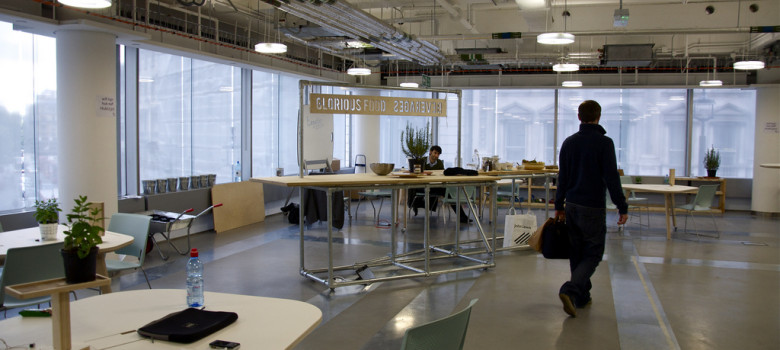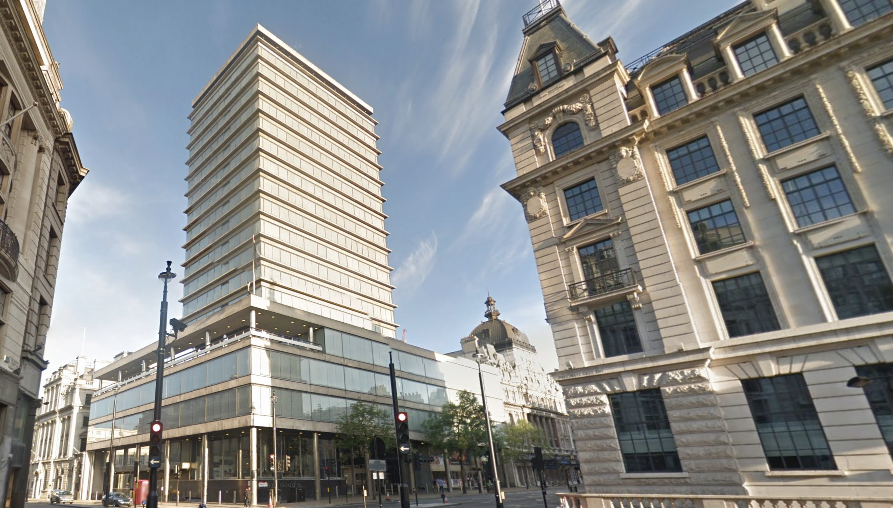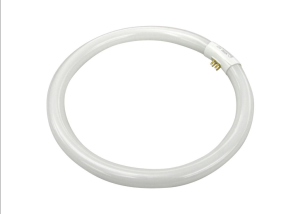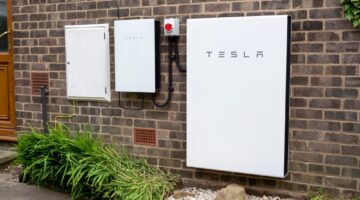
Workspace embracing low energy LED lighting
To illustrate just how much an office can save on lighting costs, we have taken our current shared office space as an example, looking at their old lighting set up and the savings that should result now it has been replaced with LED bulbs.
The old office lighting setup
This office had 89 light fittings throughout the building. Of which:
- 10 of the fittings were halogen spotlights (60W) situated in the reception area, providing nice warm lighting at the front desk to help the space seem inviting
- 9 of these fittings were spread evenly across 3 meeting rooms and were in the form of fluorescent tubes (36W).
- 70 were circline CFL light fittings (55W) providing light for the majority of the space.
The total wattage for the old lighting setup was 600+324+3850=4774W.
The office itself
New Zealand house is a 60s office block built in the West End of London. The floor that we occupy is mainly open-plan with a large proportion of glass. As you can guess, this means that it receives a large amount of natural light throughout the day.

Before the lighting system was replaced, the natural daylight entering the building was not being used to its maximum potential -artificial light was also being used even if the daylight was sufficient to light the workspace. Inefficient bulbs were also costing the company far more than was required.
The typical lighting bill each year, with the lights left on every day between the hours of 7am till 11pm, was around £4,200 (roughly 16 hours per day at 5kWh per hour @ 15p / kWh).
However, just by following a few tips and altering maintenance programmes the office now only pays £1120.
So how did they do it?
The building is split into three unique areas – reception, meeting rooms and the main area containing all the deskspace
Reception
The halogen spotlights in the reception area were changed to high performance 5W LED bulbs, producing the same amount of lumens as the previous 60W halogens. 600W down to 50W sees annual savings of around £500 without reducing the actual level of light.
This was also teamed with motion sensors, which automatically switched off the lights during periods of no activity, such as night time and holidays. This ensured that the reception area was as efficient as it could be by cutting down the time the bulbs are on by around a 1/4.
Lights are now on: 12 hours per day
Wattage reduced to: 50 watts
Total Annual Cost: £32.85 (saving of £492)
Cost of 10 5W LED bulbs = £134.9
Cost of motion sensor = around £25
Cost of overall reception lighting = £159.9
Payback = around 4 months
Meeting rooms
In the meeting rooms, the old 4ft inefficient fluorescent tubes were replaced with more efficient 4ft T8 LED tube lights that run off 20W. This reduced the overall meeting room output from 351W to 180W. As with the reception area, occupancy sensors were also added to each of the 3 meeting rooms. This reduced the total time the bulbs were on by around by a half (now on 8 hours per day). A strict maintenance programme was also put in place to regularly clean the light fittings and reflective material behind the bulbs, which has improved the efficiency of the light fittings.
Lights are now on: 8 hours per day
Wattage reduced to: 180 watts
Total Annual Cost: £78.84 (saving of £228)
Cost of 9 20W T8 LED tubes = £360
Cost of 3 motion sensors = around £75
Cost of overall meeting room lighting = £435
Payback = 2 years
Main desk area
 Throughout the main office areas, there were a number of things done to help save money, not just limited to replacing the bulbs. There are now occupancy motion and daylight sensors across the space.
Throughout the main office areas, there were a number of things done to help save money, not just limited to replacing the bulbs. There are now occupancy motion and daylight sensors across the space.
In terms of the modular lighting of the office, the CFL circline units were replaced with LEDs, which saw the total wattage reduce from 3850W to 1540W. Not only is this a huge saving on electricity, but also the quality of the light produced by the LEDs is higher (the colour rendering of the LED equivalent is higher than the CFL bulbs).
One of the key things that could be implemented with the the LED circline lights was daylighting. Since these bulbs are dimmable, they can be easily linked with daylight sensors that aim to make the most out of the natural, free light. These sensors saved an extra 25% saving on the office lighting bills.
Lights are now on: 16 hours per day
Wattage reduced to: 1540 watts (But 25% saving on this as a result of daylighting)
Total Annual Cost: £1011.78 (saving of £2360)
Cost of 70 LED circline lights = around £2800
Cost of 6 daylight sensor = around £25 each
Cost of overall desk area lighting = £2950
Payback = Around 14 months
In conclusion – is it worth swapping to low energy lighting?
Prior to the lighting changes the annual energy bill was £4,202 – this is now £1122 – a saving of £3080.
The total cost of all the changes was £3544, so you can see that the new lighting system paid for itself in little over a year.
The new lighting system is far more flexible than the old one and the LEDs have a longer lifespan than the lighting that they replaced. There was also an increase in the quality of light (especially since more daylight was now used in the lighting system) – so all in all, it was well worth making the swap!












No Comments yet! Be the first one.